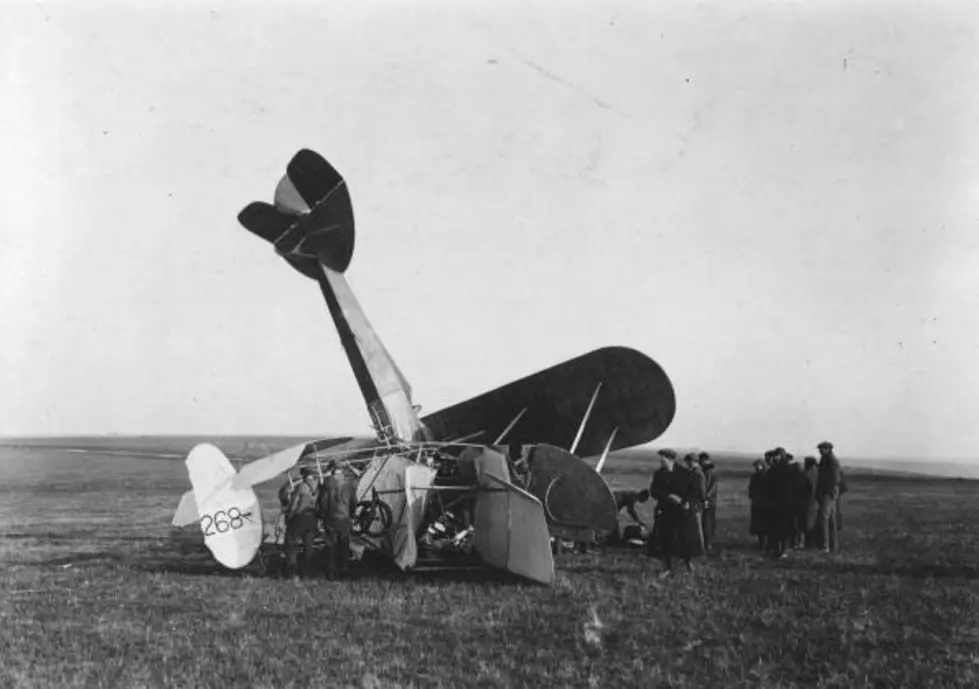
Wyoming’s Incredible Role in the First Transcontinental Air Race
Friday, Oct. 10, 1919, Cheyenne would hear the thrilling sounds of biplanes racing to beat each other to the little grass strip they called an airport. The cross-country race was on and the tiny western capital was a rest and refueling stop. Unfortunately, Wyoming would also be a mark of tragedy for the race.
The first transcontinental race started Oct. 8. The pilots literally raced across the United States and stopped in Cheyenne with their rudimentary biplanes.
The Wyoming State Tribune noted that Captain Harry C. Gaylord, who was flying number 45, reached the Fort Russel Flying Field shortly after 2 p.m. The planes were coming.
Another pilot, Lt. Belvin W. Maynard, was already stuck in Cheyenne because of a radiator issue. He noted that Cheyenne was the most accommodating city he had encountered along the race. Cheyenne ground crews at Fort Russel would help him repair that radiator. He would eventually move on to win the race.
Other pilots poured in. However, one pilot, Lieutenant Edward Wales, flying a De Havilland 4, lost his life when a day earlier when his plane crashed into Elk Mountain. An October snowstorm blinded his view of the mountains ahead. His partner, Lt. William Goldsborough, said they dropped from the clouds and entered a snow storm. They encountered a peak. Wales tried to avoid it and began tail spinning. Both suffered injuries, but Wales would not make it. His body was eventually recovered and sent to Saratoga where it sent back to his family.
Wyoming State Tribune with the front page headline "Crashed Into Elk Mountain During Storm."
Biplane after biplane arrived throughout the day with the last one touching down at 6:20 in the evening. Onlookers were amazed at the speed in which the pilot swooped in and landed.
Wyoming played a once memorable, but nearly forgotten, large role in the first coast-to-coast race of the barnstormers.





